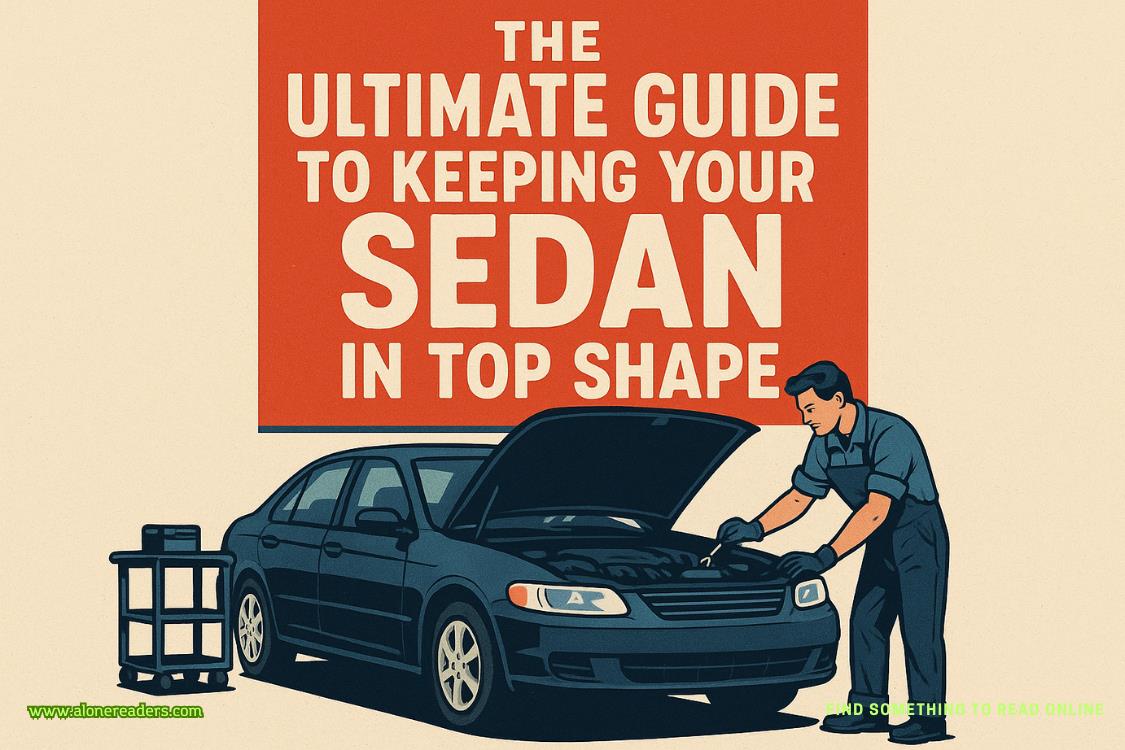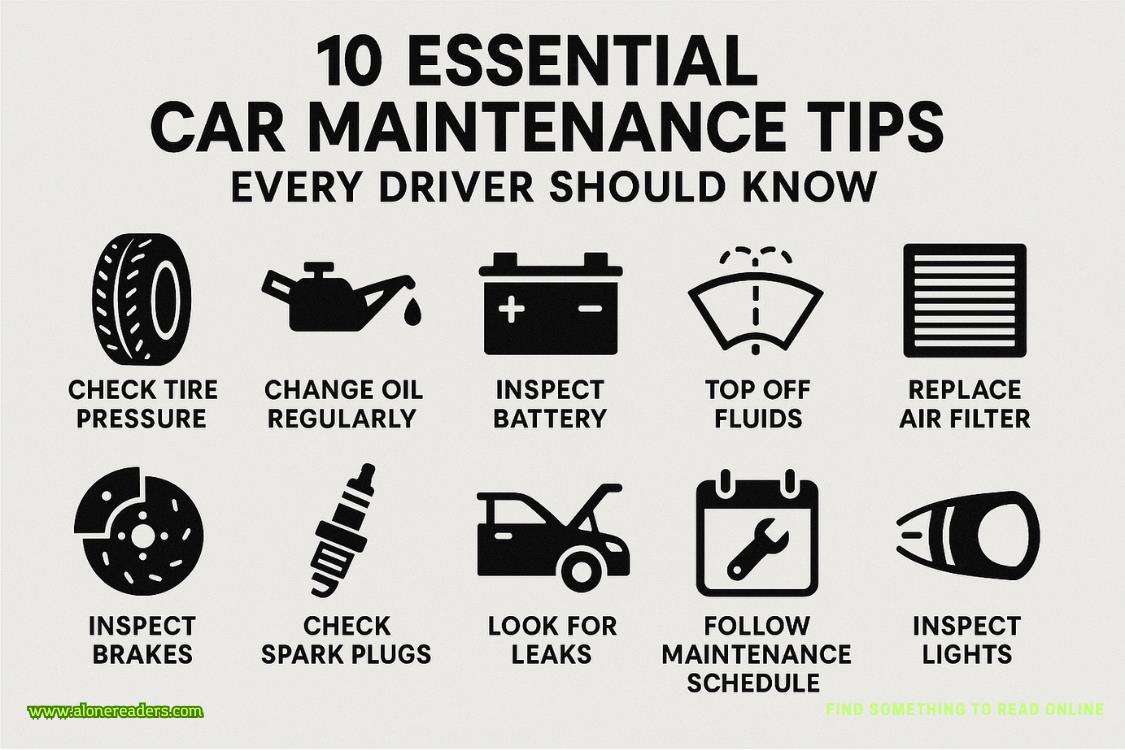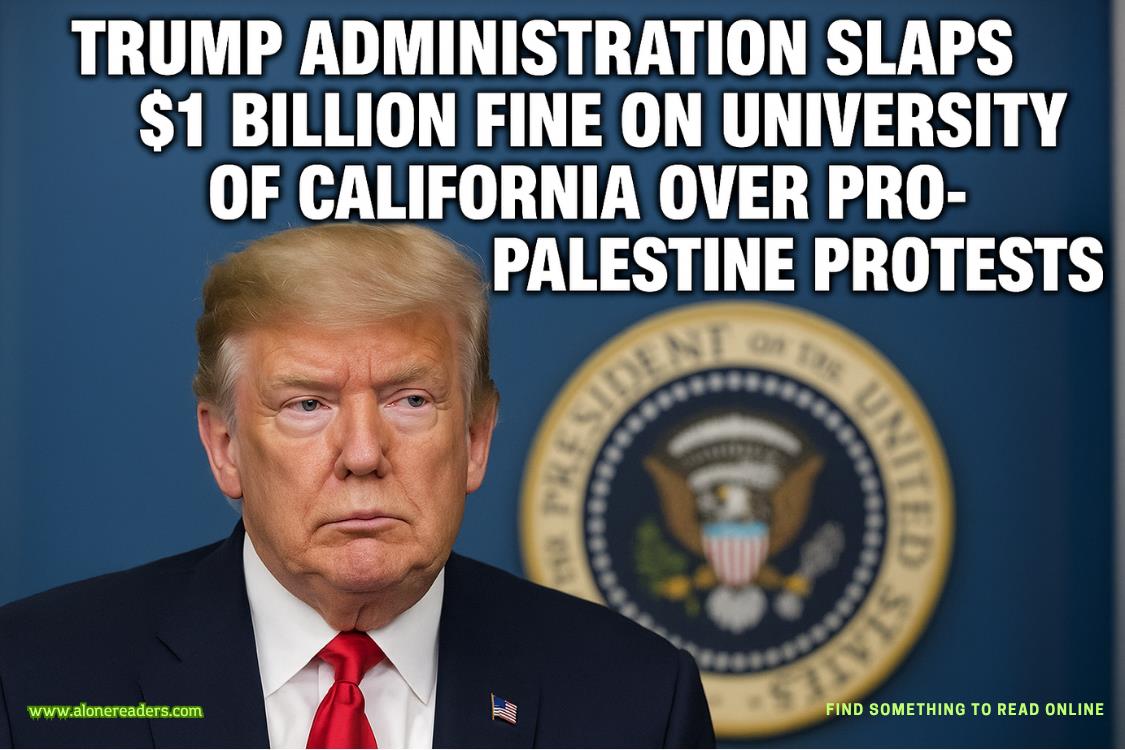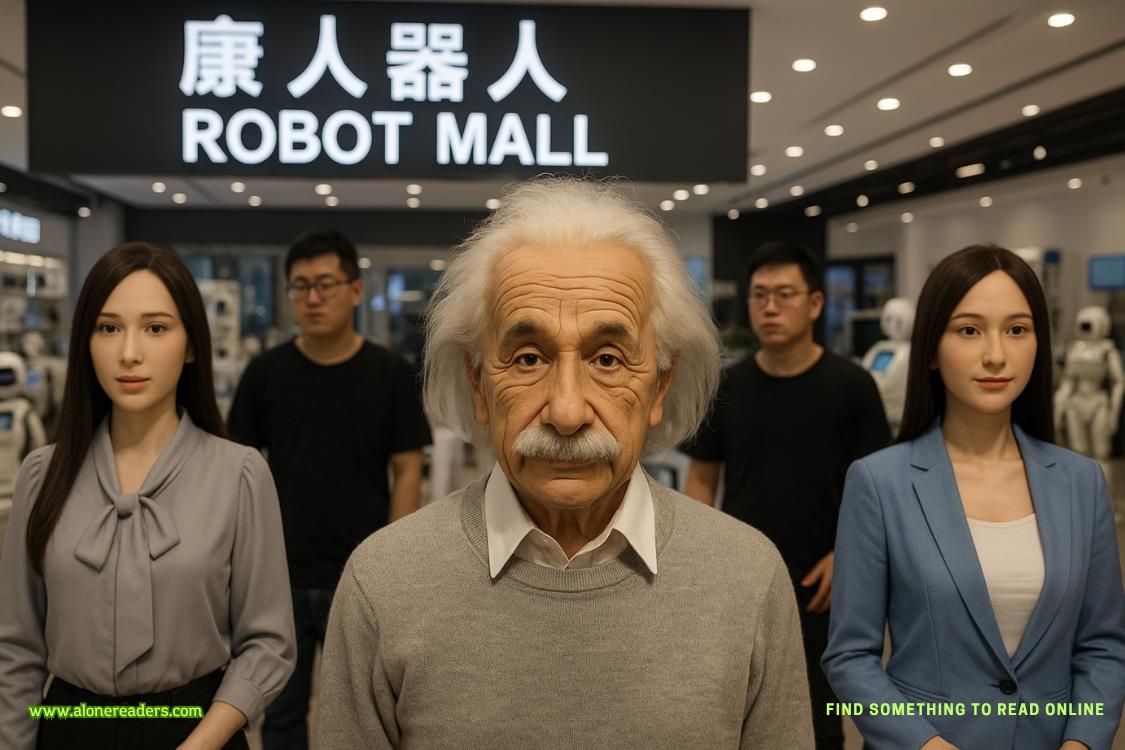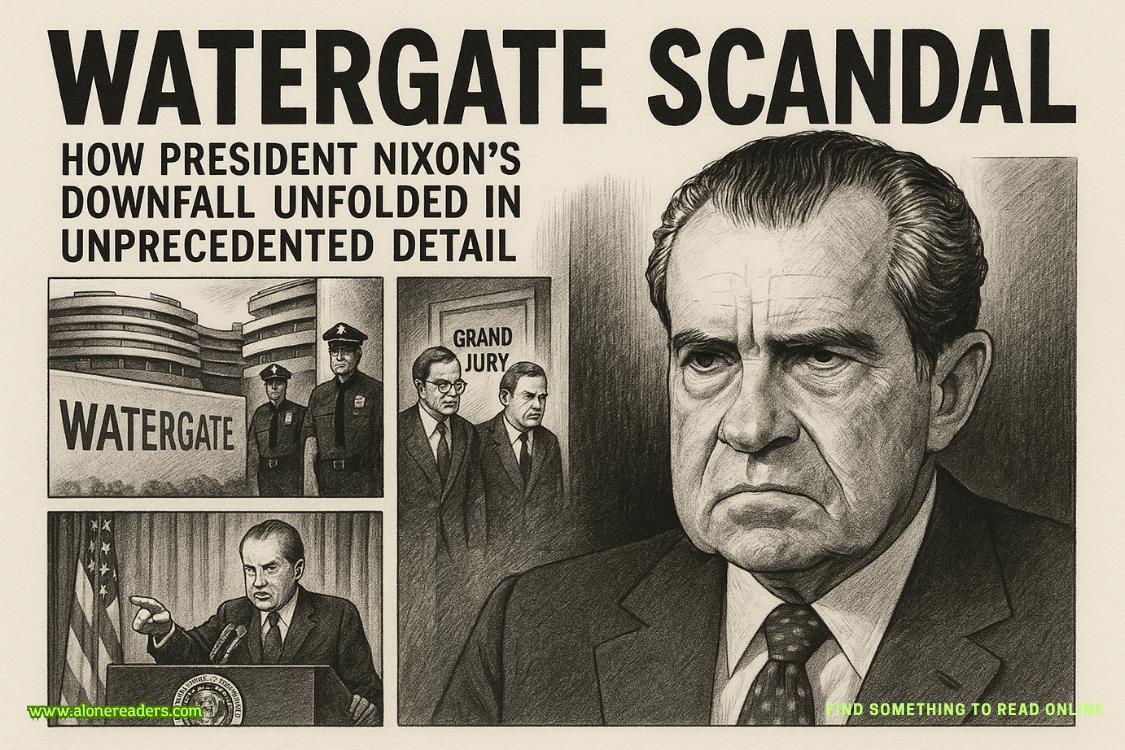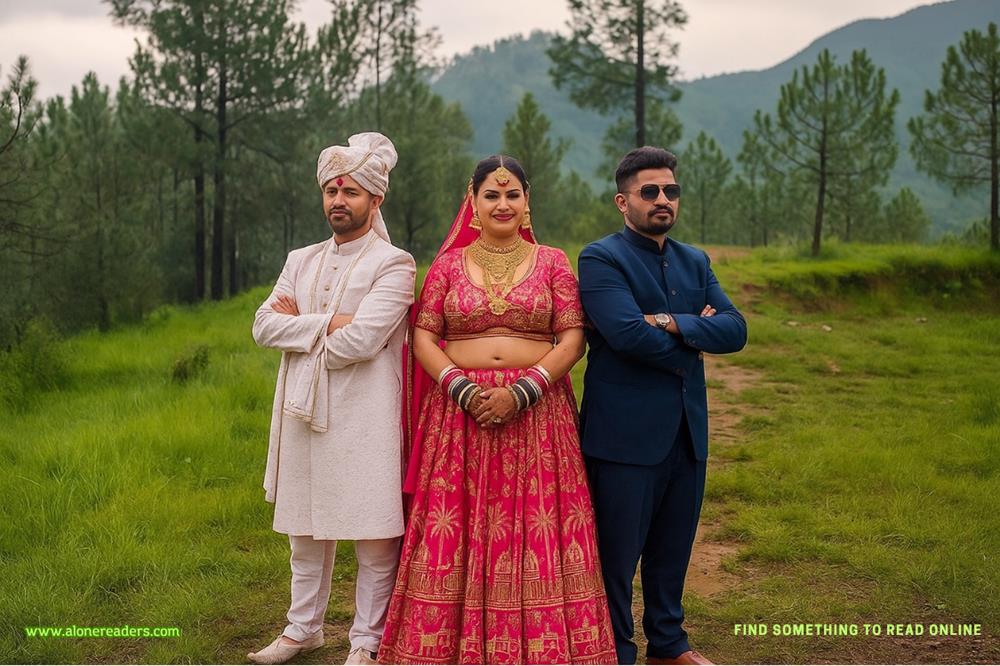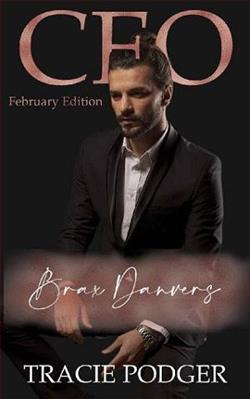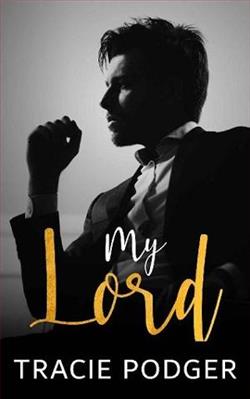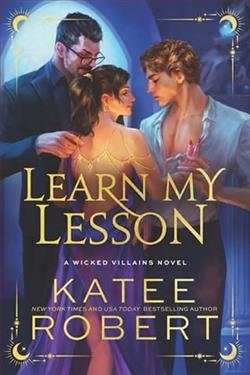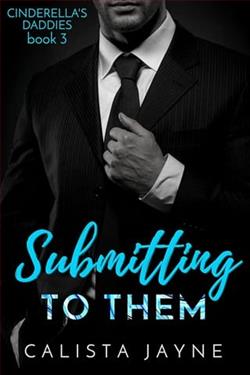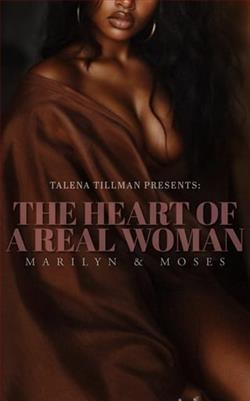Page 40 of Badlands
“When was the last time you were up there?”
“Oh, at least ten years ago. When I was a teenager, helping my grandmother herd sheep.”
“Do you have any idea why someone would go into that area?”
“The only outsiders I’ve ever heard about are rockhounds wandering in there, looking for fossils or petrified wood. Oh, and supposedly the oil company has people in there now and then.”
“Speaking of the oil company, the victim was named Mandy Driver. She was an archaeologist working for Geo, which is fracking up in that area.”
“Right. Those fracking leases include my allotment.”
Corrie spoke. “You mean they’re fracking on your land?”
“Not yet, maybe never. But they have leases covering that land.”
“How do those leases work?” Corrie asked. “Do you get money from it?”
At this, Bia made a wry face. “Me? Get money? I wish! That land is Navajo Nation Trust Land. They lease it to the oilcompanies and collect the royalties. The state and BLM also own land in that checkerboard, and they do the same—lease it and collect royalties. They all cooperate together so the leases aren’t broken up. The royalties get divided, some to the Navajo Nation, some to the state, and some to the feds. I don’t see a dime of it. It’s notmyland—I just have the grazing rights.”
“I see.” Corrie glanced at her notes. “Did the victim ever contact you about visiting your land in her capacity as an archaeologist for Geo?”
“No. They come and go without informing me, and I’m never up there anyway.”
“There’s a rock formation out there, black and rather weird. That’s where the victim was found—at its base. Is there any significance to that particular landform?”
At this, Bia’s face tightened a little. “Why do you ask?”
“The other victim was found near a similar formation. It just seems like an odd coincidence.”
Bia looked down. “In Navajo belief,” he began again, much more slowly, “every landmark, every mountain and canyon and mesa, has a story behind it. Our land, the Diné Bikéyah, is sort of like your Old Testament, in that our creation stories are told not by words on paper, but by landforms.”
“And that black formation has a part in this story?”
“Yes.”
He seemed reluctant to continue, and Corrie felt similarly hesitant to inquire further.
Benally nodded at Bia. “It’s okay to share the story. She’s on our side.”
Bia thought for a moment, then nodded. “All right. In the beginning of time, when the earth was young, the Navajo people emerged and came to live on this land. But they found someonehad been there before, leaving their ruins behind. We used to call them the Anasazi, the ‘ancient enemies.’”
He paused, drew in a long breath.
“I know the wordAnasaziis no longer supposed to be used to describe the ancestral Pueblo people. And that’s fine. But I have to explain something. The translation of the Navajo wordAnasazias ‘ancient enemies’ is a mistranslation. The wordanameans ‘stranger’ or ‘outsider,’ not necessarily ‘enemy.’ Anyway, sinceAnasaziis a Navajo word, I’m going to continue to use it.”
Corrie waited as Bia took a long sip of coffee, as if preparing himself.
“The story my grandmother told me—and it’s an old story, one of the most important in our creation cycle—goes like this: the Anasazi who lived here before us were very powerful. They had medicine men, lots of sacred turquoise, and potent ceremonies. One medicine man was the most powerful of all, called the Noqoìlpi, the Great Gambler. The Great Gambler tricked the people in gambling games and eventually won everything they had. Then he ruled over them, drunk on his own power. He misused the ceremonies in order to control and enslave the people, forcing them to build the great houses at Chaco Canyon and other places. But this displeased the Yei, the gods. Wind, Darkness, the Bat, and the Great Snake came down. They challenged the Great Gambler to games. He eventually lost everything. He began making threats, so to get rid of him, Darkness made a bow and shot him far into the sky, way into the south. Some say he became the god of the Mexicans, others the god of the Americans. After he left, the people were freed and moved away from the great houses. All those places fell into ruin and were abandoned—left as a warning about arrogance and the misuse of power. And thatis how we Navajo look on the ruins of Chaco Canyon and elsewhere today—as a warning.”
There was a brief silence, then he resumed. “That black spire on my allotment—my grandmother said it, and the others like it, were left by the Great Gambler as a sign of his lingering evil. I’ve never been up there… and I don’t intend to ever go.”
Bia drained his coffee, put down the cup. And Corrie could tell from the expression in his eyes—although still friendly—that he wasn’t going to answer any more questions about the witch’s finger.
23
NORMALLY, WHENCORRIEdescended into the basement of the Albuquerque Field Office, she took a right into the forensic lab. In fact, she couldn’t remember ever heading left from the bottom of the stairs, even during her initial tour. But this time, she turned left.
The corridor was long, ending in a wall without windows or glass to soften the door set into it. The signage was equally spare: to one side was a white square with a military-looking acronym stamped in capital letters:ALQ FO / OPR.


